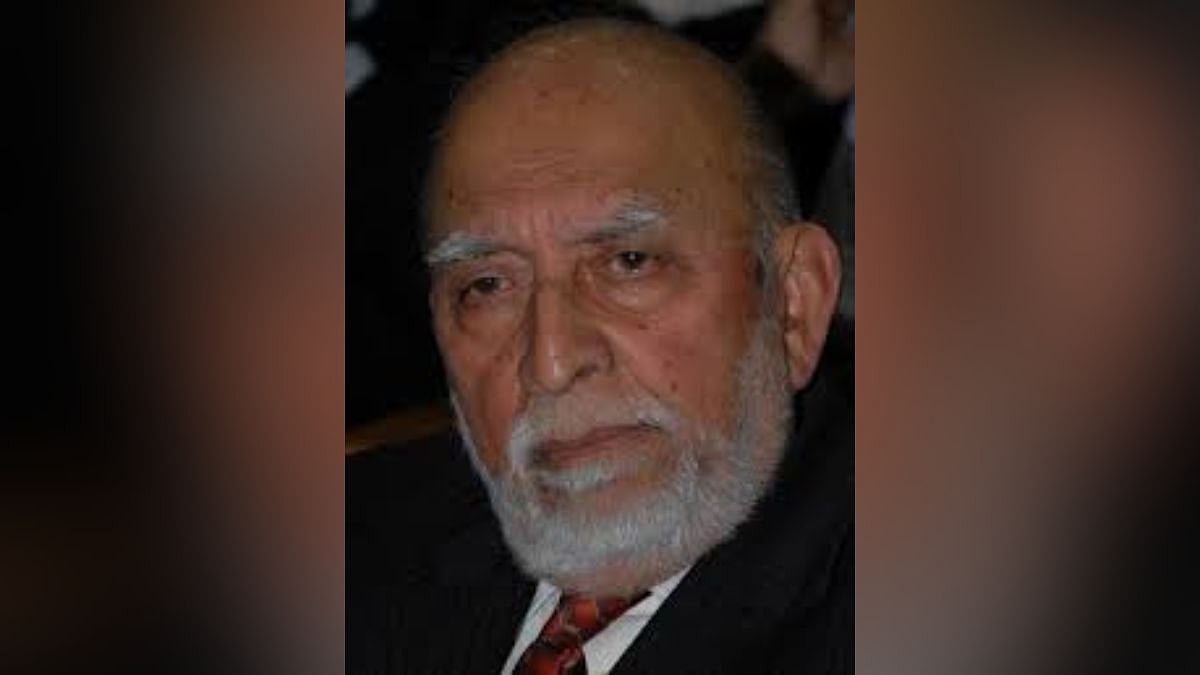Chennai: M. R. Srinivasan, former Chairman of the Atomic Energy Commission and a key figure in shaping India’s nuclear energy programme, passed in the Nilgiris on Tuesday at the age of 95. He is survived by his daughter Sharada Srinivasan.
Srinivasan leaves behind a formidable legacy of scientific leadership, technological innovation, and public service. His work laid the foundation for India’s nuclear energy future.
Widely regarded as one of the founding architects of the country’s nuclear power capabilities, Srinivasan’s career spanned over six decades of service to India’s scientific and energy sectors.
He began his journey with the Department of Atomic Energy (DAE) in September 1955, working closely with the doyen Homi Bhabha on the construction of Apsara, India’s first nuclear research reactor, which achieved criticality in August 1956.
Srinivasan was appointed Principal Project Engineer for the country’s first atomic power station in August 1959. In 1967, he took charge as Chief Project Engineer of the Madras Atomic Power Station, further advancing India’s capabilities in nuclear energy.
Over the years, he held several high-ranking positions that shaped the direction of India’s atomic energy program. In 1974, he became Director of the Power Projects Engineering Division, and a decade later, Chairman of the Nuclear Power Board. He was responsible for overseeing the planning, execution, and operation of nuclear power projects nationwide.
In 1987, he assumed leadership as Chairman of the Atomic Energy Commission and Secretary, Department of Atomic Energy. That same year, he became the founding Chairman of the Nuclear Power Corporation of India Limited (NPCIL). During his tenure, 18 nuclear power units were developed—seven operational, seven under construction, and four in advanced planning stages.
In recognition of his contributions, Srinivasan was awarded the Padma Vibhushan, one of India’s highest civilian honours.
